A Major Gift of Late Georgian and Early Victorian New Brunswick Portraiture
The Gift of Anne Baker in Memory of the Walker Family
Introduction
In 2021, the New Brunswick Museum (NBM) received an extremely important collection of late Georgian and early Victorian provincial portraiture. Thanks to the generosity of Anne Baker, Saint John, NB, a group of bronze medallions, portrait miniatures and early cased photographs has added significant content to one of the finest museum collections in Canada. This group of objects relates to a prominent New Brunswick family. Dr. Thomas Walker (Perth, Scotland 1783 – Saint John, NB, 27 October 1852), a surgeon in the 40th Regiment of the British army, and Jean McAra Walker (Largs, Scotland, 1789 – Saint John, NB, 27 January 1858) were the parents of four children: John McAra (1814, West Indies – Halifax, NS, 2 March 1877), Thomas Jr. (16 August 1818 – Bury, St. Edmund’s, England, 13 June 1860), Agnes (Saint John, NB, 1821 – Saint John, NB, 4 July 1828) and James (Saint John, NB, 21 December 1829 – Saint John, NB, 14 January 1914). Dr. Thomas Walker had been stationed in England and in the West Indies where he and Jean McAra married. The young family moved to Halifax, NS, and a few years later, in about 1820, to Saint John, NB, where Dr. Walker practiced medicine for about thirty years and their son, James Walker, also became a medical doctor. The Walkers were among the many educated and professional Scottish immigrants who arrived in New Brunswick in the early 19th century and who had a profound effect on the culture and heritage of the province.
The extensive fine art collection of the NBM houses the premiere historical overview of the province’s art history. The New Brunswick component comprises over 3500 works by provincial artists. One of its strengths is portraiture and it contains more than 500 works depicting provincial citizens. The collections includes approximately 100 painted portrait miniatures which is the most extensive collection of its type in the province and likely within the region. Many of the subjects are New Brunswick citizens and in addition, there are a considerable number of miniatures in the Webster Canadiana Collection that document prominent international military and political figures of the 18th and 19th centuries. Portraiture allows for one of the most direct personal connections to the past and is an invaluable resource for understanding many aspects of social history. As with most museum collections, there are some limitations…the vast majority of portraits that survive relate to individuals or groups who were wealthy enough to commission works. Very few portraits exist that show cultural or economic diversity…and as a result we have a much less complete glimpse into the past.
Section I – The Portrait Medallions
The primary items in this recent gift are the portrait medallions of Dr. Thomas Walker and Jean McAra Walker made by Robert Foulis (Glasgow, Scotland, 1796 – Saint John, NB, 1866). The two framed bronze profiles of the Walkers and a second version of Jean McAra Walker, in what appears to be pewter, are the only known examples of Foulis’ portrait medallions to have survived. Foulis, the grandson and great-nephew of famous Scottish publishers, artists and educators, Robert and Andrew Foulis, immigrated to North America in 1818. Initially, he settled at Halifax, NS, where he worked as an artist until his relocation to Saint John, NB, in 1822. He spent the remainder of his career there working as a civil engineer, continued painting and sculpting portraits, set up an iron foundry, established a school of art, partnered with a daguerreotypist and invented a steam fog-horn that was built on Partridge Island in Saint John Harbour. Between 1818 and 1851, Foulis advertised the production of “basso relievo” portraits, a skill that was taught at his grandfather’s art school and practiced by its alumnus, the famous portraitist, gem engraver and modeller, James Tassie (1735-1799) [The NBM houses six Tassie portraits of 18th century military figures]. These three items are extremely rare survivors in Canadian art. The medallions were created using a cire perdue (lost wax) process whereby a low relief portrait (like a coin) is modelled in wax, then embedded in a plaster to create a mould that is then heated until the wax melts. Molten bronze (or another alloy) is poured into the mould to create the final product. Perhaps this was a very interesting sideline to Foulis’ iron foundry business that was established between 1825 and 1831. It is interesting to note that the Walker family lived in Halifax, NS, before moving to Saint John, NB, in the early 1820s, so it is quite possible that they had an extended acquaintance with Robert Foulis. The Walkers and Foulis were likely members of various heritage and cultural societies in Saint John. In fact, Foulis joined the St. Andrew’s Society in 1822 and John McAra Walker served on its executive in the 1850s and early 1860s.
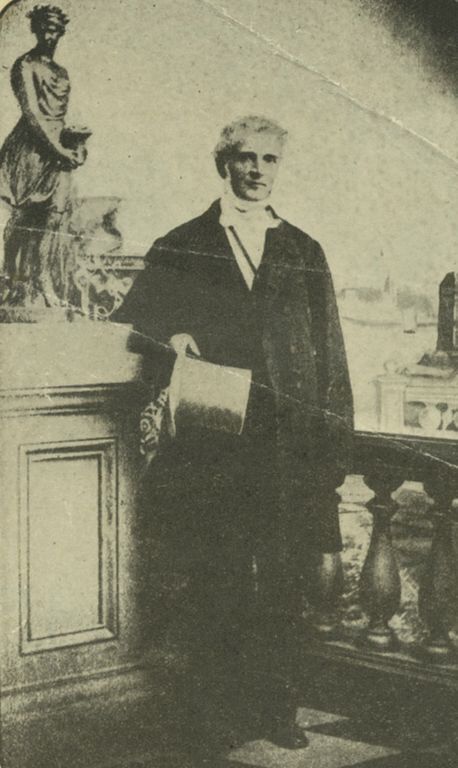
Copy print: Robert Foulis, c. 1860
Photographer: Joseph D. Marsters (Canadian, born 1823)
Published in: The Canadian Magazine (February 1932)
letterpress halftone on wove paper
12.2 x 7.5 cm
Gift of Alice Maude Rainnie, 1949 (1981.11.9)
New Brunswick Museum Collection
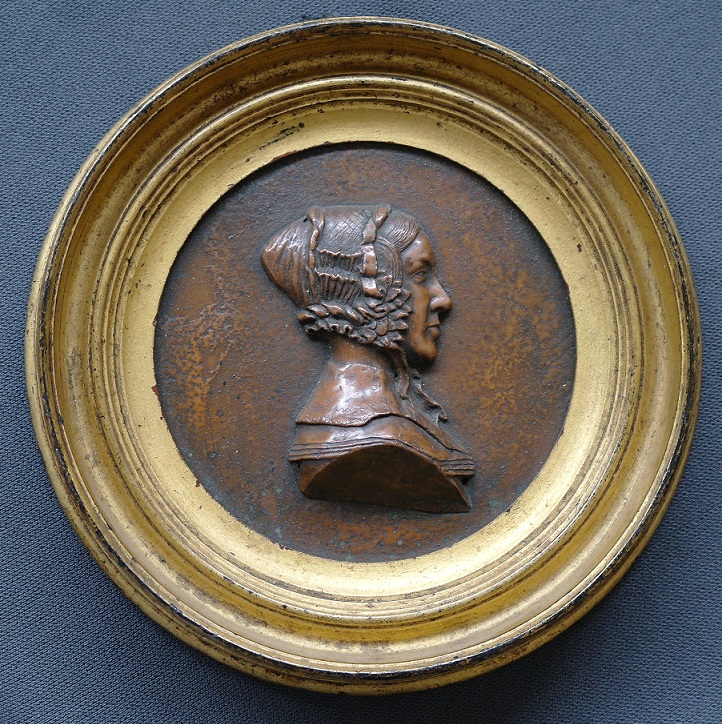
medallion
Jean McAra Walker
Robert Foulis, Scottish, 1796 – 1866
1820-1840
Canadian
cast bronze
support: 10 x 10 cm
frame: 15 x 15 cm
impressed on truncation, R. FOULIS F.
2021.17.1
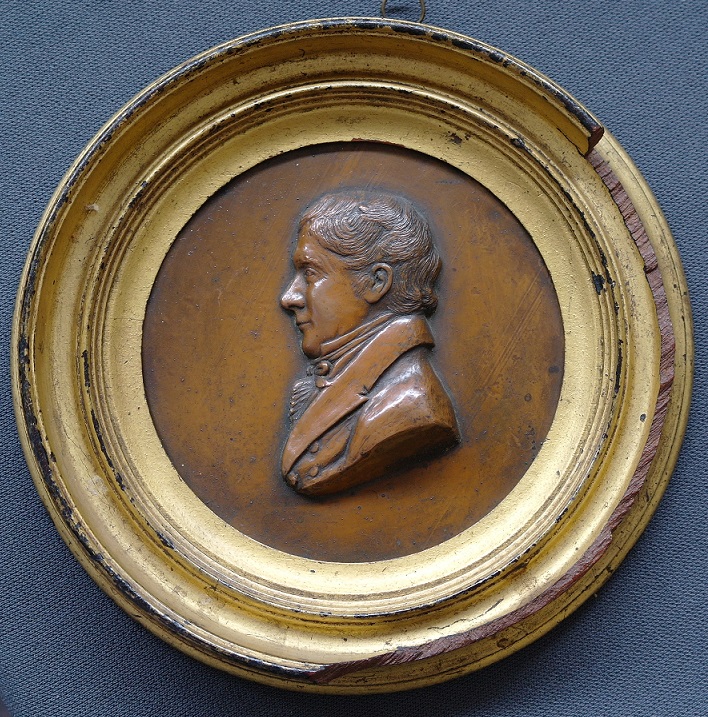
medallion
Dr. Thomas Walker
Robert Foulis, Scottish, 1796 – 1866
1820-1840
Canadian
cast bronze
sight (circular format): 9 cm
frame: 15 × 15 × 2.4 cm
impressed on truncation, R. FOULIS F.
2021.17.2
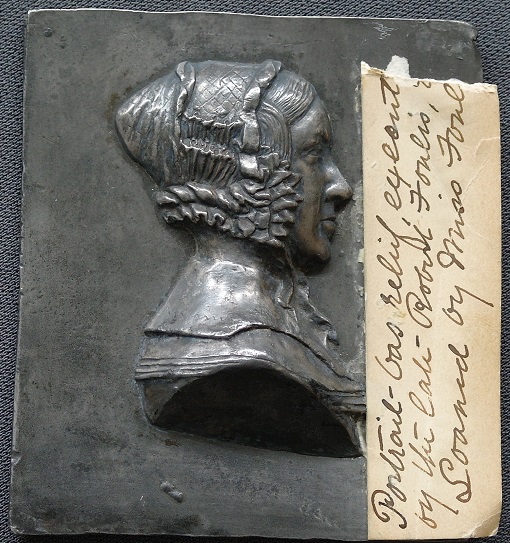
medallion
Jean McAra Walker
Robert Foulis, Scottish, 1796 – 1866
1820-1840
Canadian
cast lead or pewter ?
support: 9.2 x 8 cm
impressed on truncation, R. Foul[is]
2021.17.3
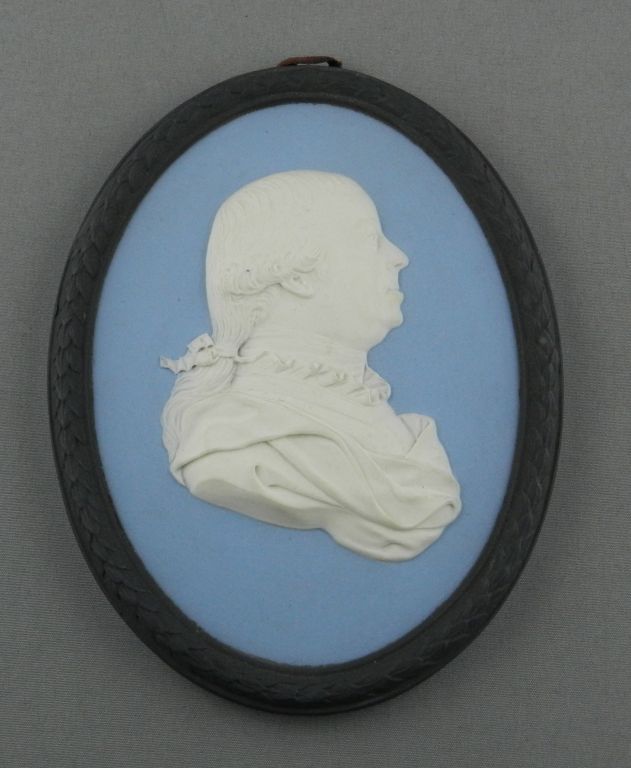
medallion: General Robert Monckton, c. 1782
Maker: Wedgwood, British, founded 1759
Artist: James Tassie, Scottish, 1735 – 1799
jasperware
13.5 x 10.3 cm
John Clarence Webster Canadiana Collection (W1114)
New Brunswick Museum Collection
SECTION II – The Portrait Miniatures
The five portrait miniatures of the Walker family are also rare survivors. One occasionally finds pairs of portraits – usually husband and wife – but five related and identified portraits is exceedingly unusual. These items may be attributable to itinerant miniaturist and silhouette painter, James H. Gillespie (British, 1793 – after 1849) who worked in England and later travelled to Halifax, NS, Saint John, NB, then to Maine, Massachusetts, New York, Maryland and Pennsylvania. By 1842, he was working in Toronto and was still exhibiting there in 1849. Unfortunately, no other information on his career is known. Gillespie was in Saint John, NB, in 1830 and was admitted as a Freeman that same year so he could carry on his trade. He advertised widely and was renowned for his use of the camera lucida, a device that assisted with drawing. He also claimed to have taken over 30,000 likenesses by the time he was in Saint John. The NBM houses six portrait miniatures attributed to Gillespie, all of which were painted about 1830. These five paintings of the Walker family bear striking similarities to the other paintings attributed to Gillespie. They are all taken in profile with the features drawn and painted in graphite, ink and watercolour. The clothing of the sitters is painted with body colour with contrasting details made using gum Arabic as a glaze. This set is remarkable for the right-facing Jean McAra Walker who is contrasted with her husband and three sons who are all facing left. The portrait miniature of James Walker is especially intriguing because it was done when he was about two years old which makes it a rarity among the portrait miniatures. There was some speculation that this item was actually a portrait of Agnes Walker [1821-1828] the daughter of Dr. Thomas Walker and Jean McAra Walker but the ages of the sitters would not correlate if she were among them, so this grouping must have been painted after her death. The portrait of James Walker (1829-1914) is also notable because he is wearing a dress – a style that was common for all children in the nineteenth and early 20th centuries. The NBM houses other examples of this custom, most notably, the portrait of Robert and William Thomson (NBM1944.367) painted in Scotland about 1820. It is not beyond the realm of possibility that these portrait miniatures were painted by Robert Foulis. He had advertised in the 21 November 1818 issue of Halifax’s Acadian Recorder, “…correct PROFILE LIKENESSES, by a Machine in five minutes.” Doubtless, this was a camera lucida similar to the one used by Gillespie more than a decade later. Given the Walker family’s familiarity with Foulis, they may have commissioned the portraits from him. Unfortunately, to date, no portraits ascribed or attributed to Robert Foulis have surfaced, making this possibility difficult to prove conclusively.
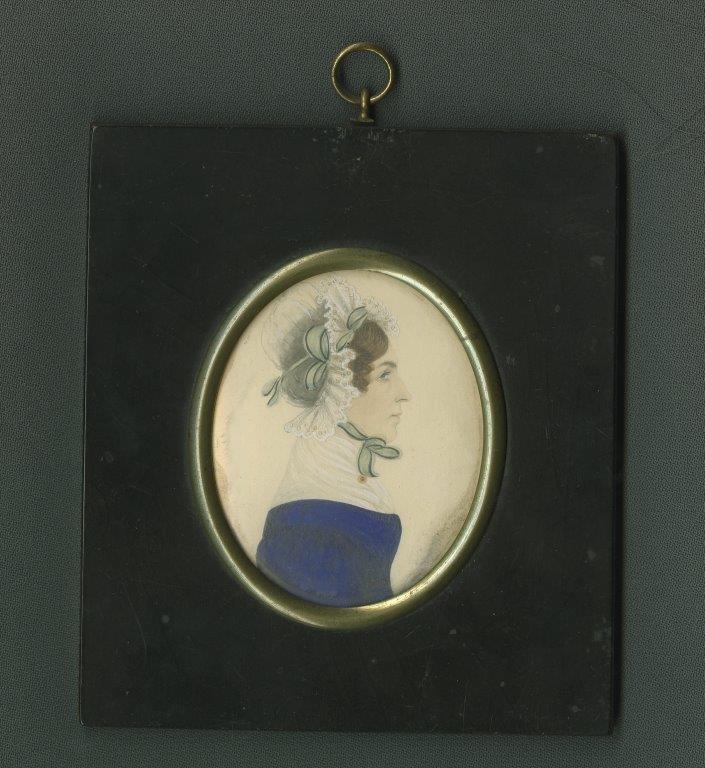
painting
Jean McAra Walker
James H. Gillespie, British, 1793-after 1849 ?
Robert Foulis, Scottish, 1796 – 1866 ?
c. 1831
British or Canadian
watercolour and body colour with gum arabic over graphite, on card
sight: 7.7 × 6.2 cm
frame: 14 × 12.1 cm
2021.17.4
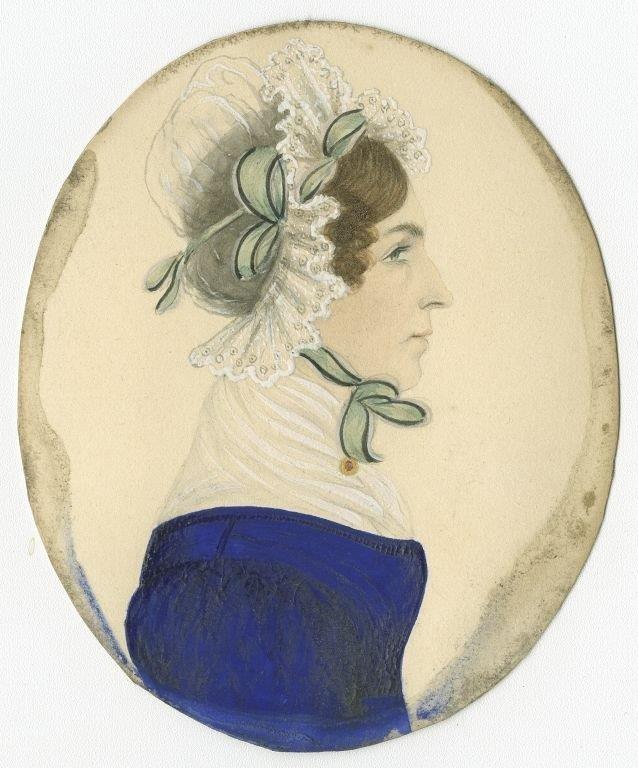
painting
Jean McAra Walker
James H. Gillespie, British, 1793-after 1849 ?
Robert Foulis, Scottish, 1796 – 1866 ?
c. 1831
British or Canadian
watercolour and body colour with gum arabic over graphite, on card
sight: 7.7 × 6.2 cm
frame: 14 × 12.1 cm
2021.17.4
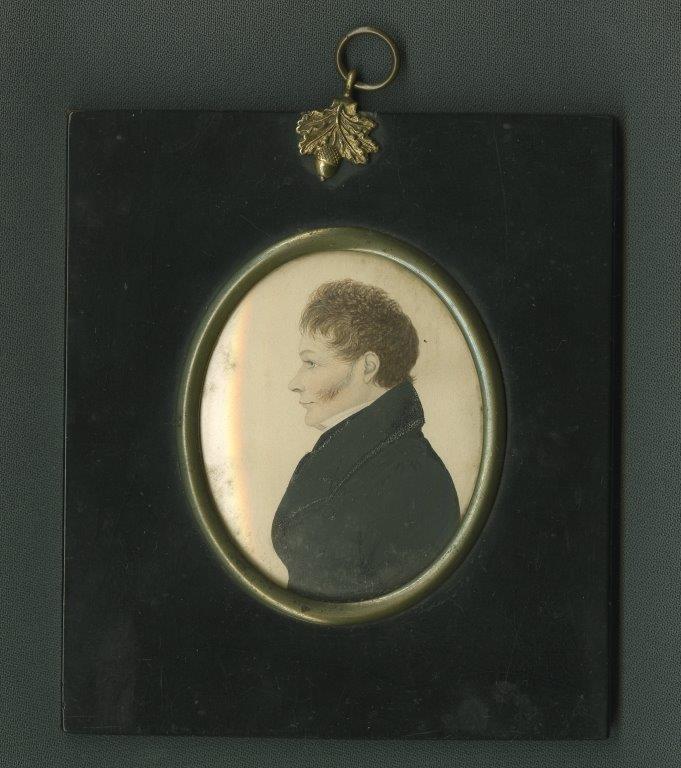
painting
Dr. Thomas Walker
James H. Gillespie, British, 1793-after 1849 ?
Robert Foulis, Scottish, 1796 – 1866 ?
c. 1831
British or Canadian
watercolour and body colour with gum arabic over graphite, on card
sight: 7.7 × 6.2 cm
frame: 14 × 12.1 cm
2021.17.5
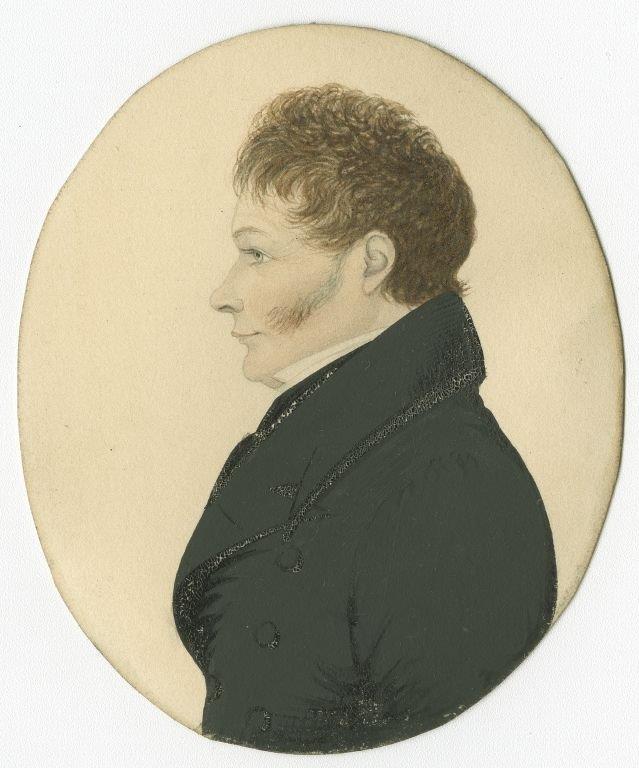
painting
Dr. Thomas Walker
James H. Gillespie, British, 1793-after 1849 ?
Robert Foulis, Scottish, 1796 – 1866 ?
c. 1831
British or Canadian
watercolour and body colour with gum arabic over graphite, on card
sight: 7.7 × 6.2 cm
frame: 14 × 12.1 cm
2021.17.5
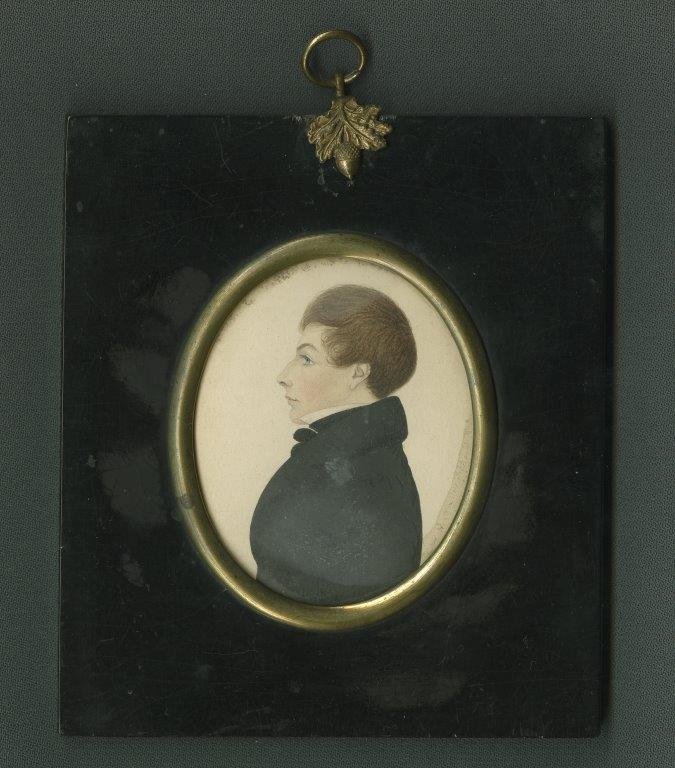
painting
John McAra Walker
James H. Gillespie, British, 1793-after 1849 ?
Robert Foulis, Scottish, 1796 – 1866 ?
c. 1831
British or Canadian
watercolour and body colour with gum arabic over graphite, on card
sight: 7.7 × 6.2 cm
frame: 14 × 12.1 cm
2021.17.6
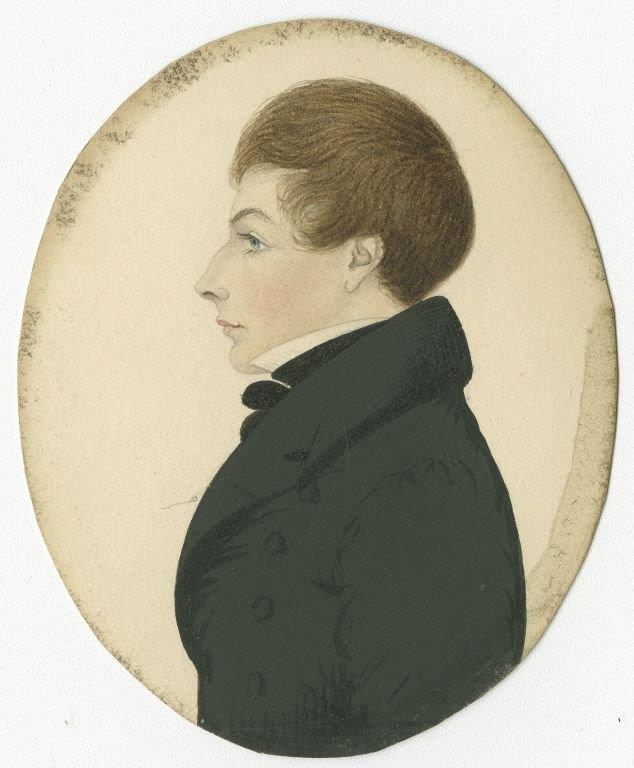
painting
John McAra Walker
James H. Gillespie, British, 1793-after 1849 ?
Robert Foulis, Scottish, 1796 – 1866 ?
c. 1831
British or Canadian
watercolour and body colour with gum arabic over graphite, on card
sight: 7.7 × 6.2 cm
frame: 14 × 12.1 cm
2021.17.6
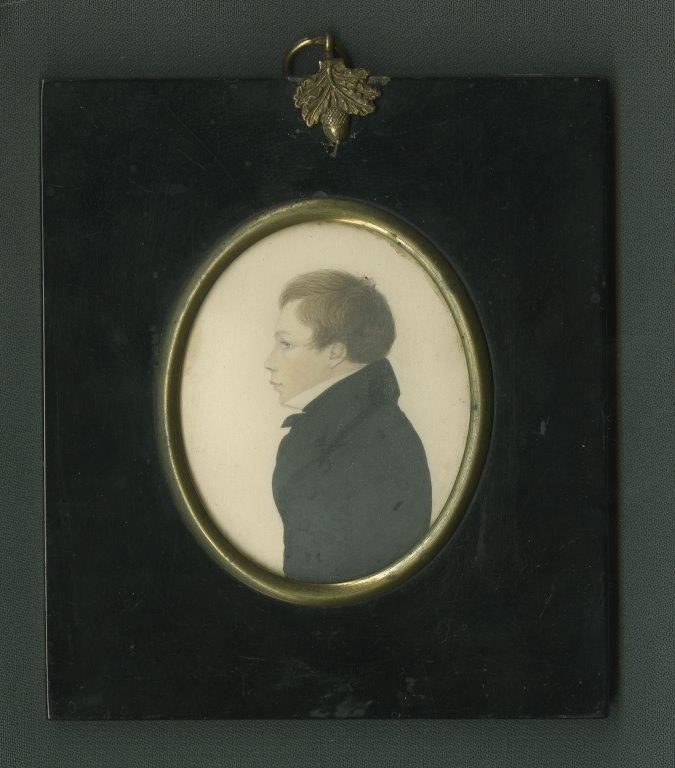
painting
Thomas Walker Jr.
James H. Gillespie, British, 1793-after 1849 ?
Robert Foulis, Scottish, 1796 – 1866 ?
c. 1831
British or Canadian
watercolour and body colour with gum arabic over graphite, on card
sight: 7.7 × 6.2 cm
frame: 14 × 12.1 cm
2021.17.7
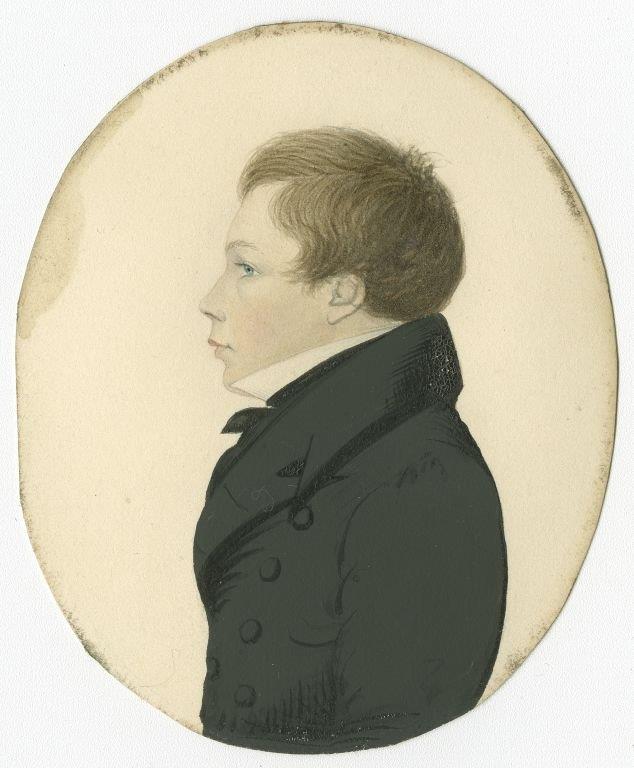
painting
Thomas Walker Jr.
James H. Gillespie, British, 1793-after 1849 ?
Robert Foulis, Scottish, 1796 – 1866 ?
c. 1831
British or Canadian
watercolour and body colour with gum arabic over graphite, on card
sight: 7.7 × 6.2 cm
frame: 14 × 12.1 cm
2021.17.7
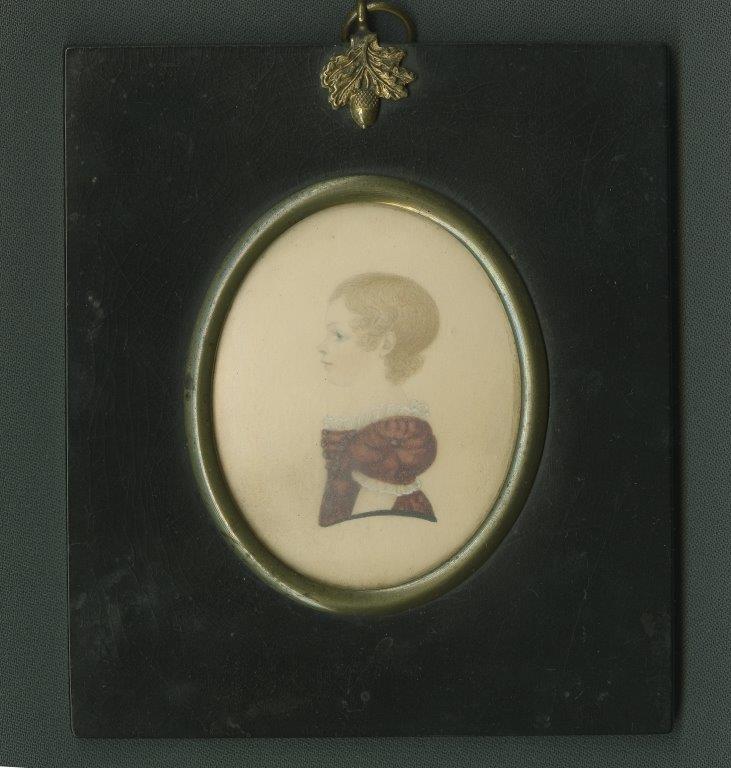
painting
James Walker
James H. Gillespie, British, 1793-after 1849 ?
Robert Foulis, Scottish, 1796 – 1866 ?
c. 1831
British or Canadian
watercolour and body colour with gum arabic over graphite, on card
sight: 7.7 × 6.2 cm
frame: 14 × 12.1 cm
2021.17.8
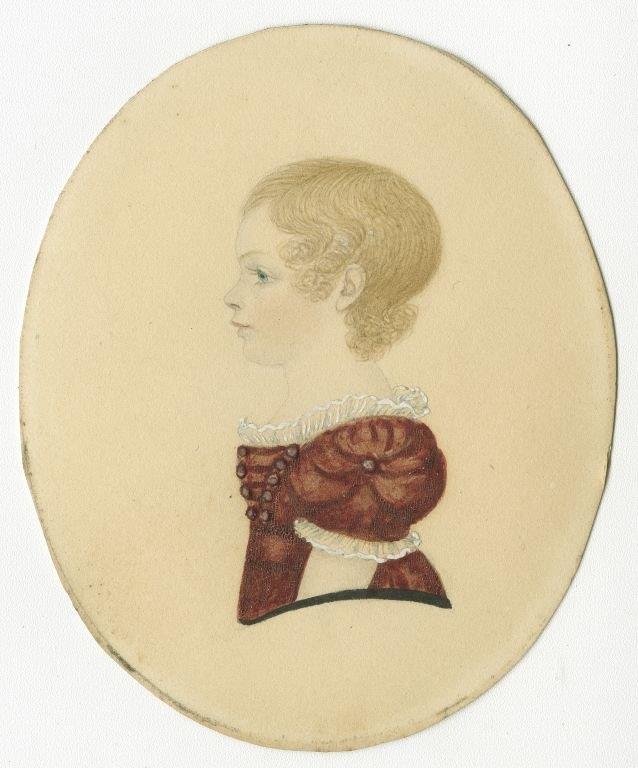
painting
James Walker
James H. Gillespie, British, 1793-after 1849 ?
Robert Foulis, Scottish, 1796 – 1866 ?
c. 1831
British or Canadian
watercolour and body colour with gum arabic over graphite, on card
sight: 7.7 × 6.2 cm
frame: 14 × 12.1 cm
2021.17.8
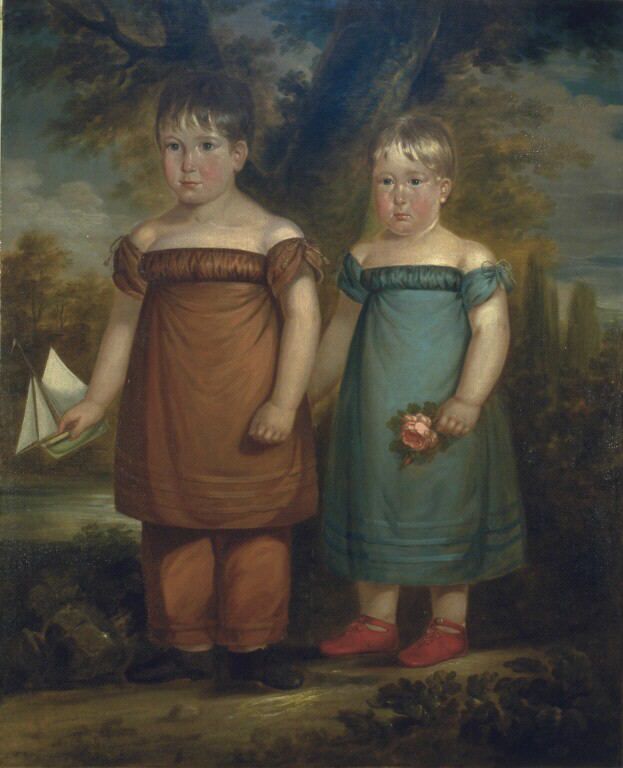
William Brown (Scottish)
Robert and William Thomson, c. 1820
oil on canvas
118 × 98 cm
Gift of Janet and Dorothy Guest, 1944 (1944.367)
New Brunswick Museum Collection
SECTION III – Early Cased Photographs
The remaining items in this collection are a group of fifteen early photographs – cased daguerreotypes and ambrotypes. These items are in their original, hinged wooden cases covered with leather or embossed paper and lined with silk satin or velvet. These photographs are very fragile. The daguerreotypes were made using mercury vapours to create an image on a copper plate covered with a layer of polished silver and the ambrotypes were made using a wet collodion emulsion on a piece of glass. The NBM houses approximately 250 examples of early, cased photographs making it one of the most extensive collections in the region. For the most part, these images record the same members of the Walker family in addition to other relatives. Some of these items are specifically dated and a few are identified as having been taken in Halifax, NS. It is interesting to note that in 1846, Robert Foulis entered into a partnership with James Godfrey Melick (1802-1885) a Saint John clockmaker, to operate a daguerreotype studio over Melick’s shop. It is even possible that some of the early daguerreotypes in this collection were taken by Foulis & Melick. It is also possible that some of the daguerreotypes were taken by William Valentine (1798-1849), an itinerant artist, miniature painter and daguerreian based in Halifax, NS, who introduced the Maritimes to photography. In November 1841, he advertised the new art form in Saint John, NB, on his way back home to Nova Scotia. Especially poignant are the photographs of Dr. Thomas Walker in later life and the likeness of Jean McAra Walker dressed in deep mourning after his death in early 1852. Nonetheless, these early photographs, and those definitely identified members of the Walker family are an excellent chronicle of the introduction and early years of photography in the province. In addition to providing high quality examples of early photographic techniques, the images show changing fashions. The various presentation methods also cover a variety of cased photography production in the early years of this art form in the province. They are very useful comparatives in the analysis of the existing collections as well as for other research inquiries and publication.
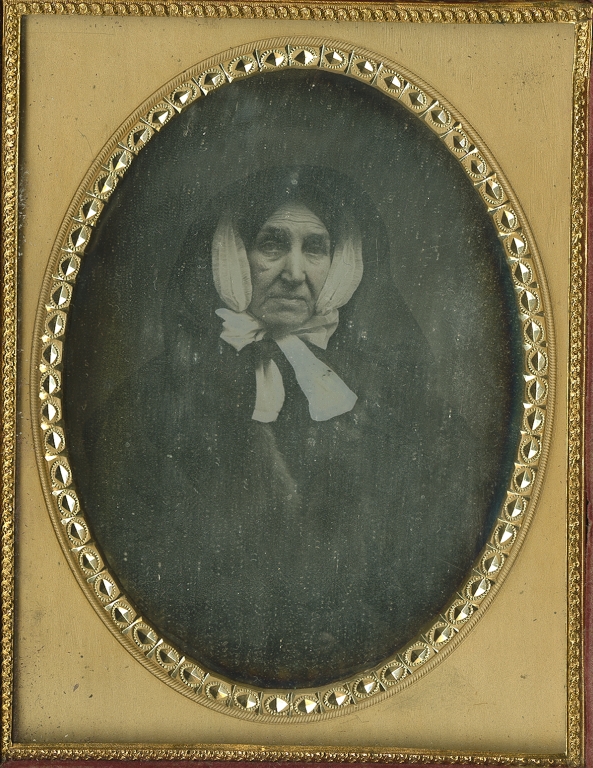
2021.17.9
photograph
Jean McAra Walker in Mourning Dress
UNKNOWN
1854-1855
Canadian
cased daguerreotype
image: 8.7 × 6.3 cm
mount: 11.6 × 8.2 cm
frame: 12.7 × 9.3 × 1.9 cm
2021.17.9
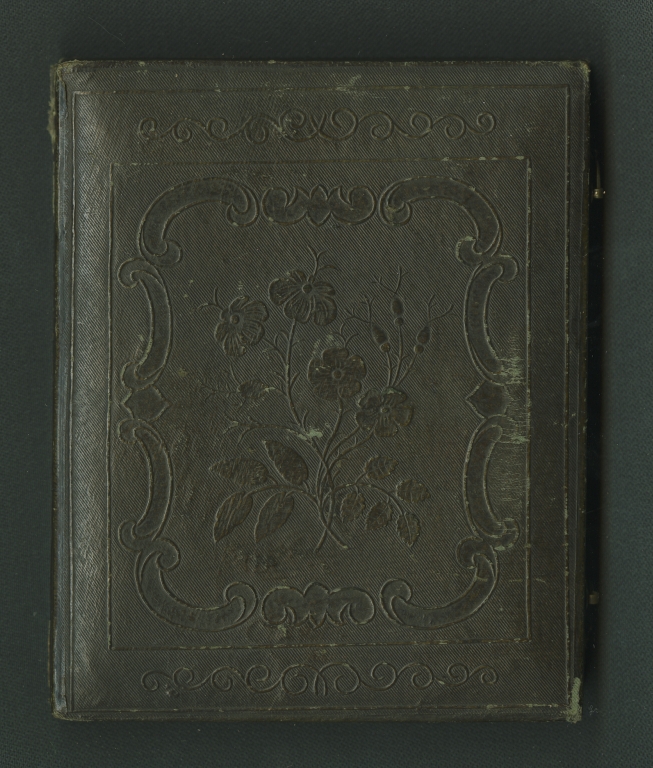
Case exterior
photograph
Unidentified Male Member of the Walker Family, Probably John McAra Walker
UNKNOWN
1845-1850
Canadian
cased daguerreotype
image: 9.9 × 7.4 cm
mount: 11.5 × 8.1 cm
frame: 12 × 10.5 × 2.3 cm
2021.17.10
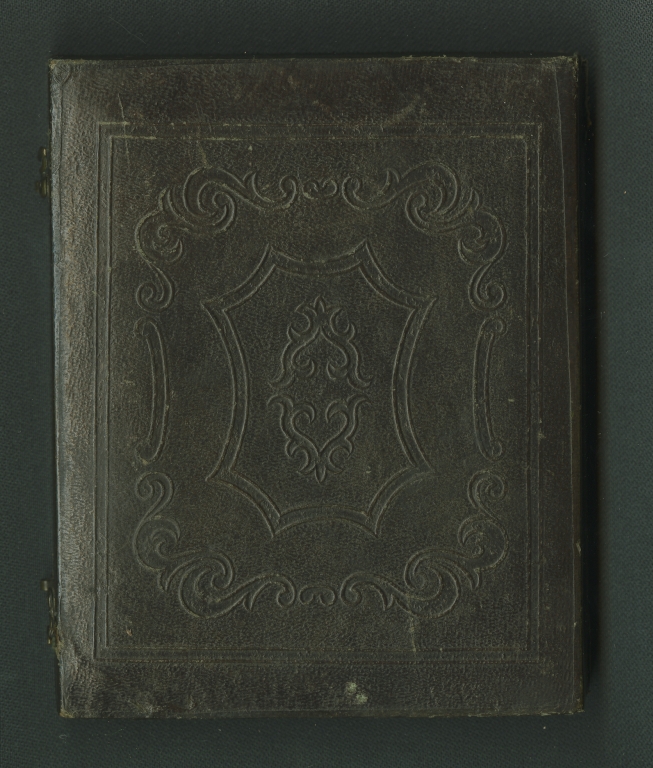
Case exterior
photograph
Unidentified Male Member of the Walker Family, Probably John McAra Walker
UNKNOWN
1845-1850
Canadian
cased daguerreotype
image: 9.9 × 7.4 cm
mount: 11.5 × 8.1 cm
frame: 12 × 10.5 × 2.3 cm
2021.17.10

Overview of the interior
photograph
Unidentified Male Member of the Walker Family, Probably John McAra Walker
UNKNOWN
1845-1850
Canadian
cased daguerreotype
image: 9.9 × 7.4 cm
mount: 11.5 × 8.1 cm
frame: 12 × 10.5 × 2.3 cm
2021.17.10
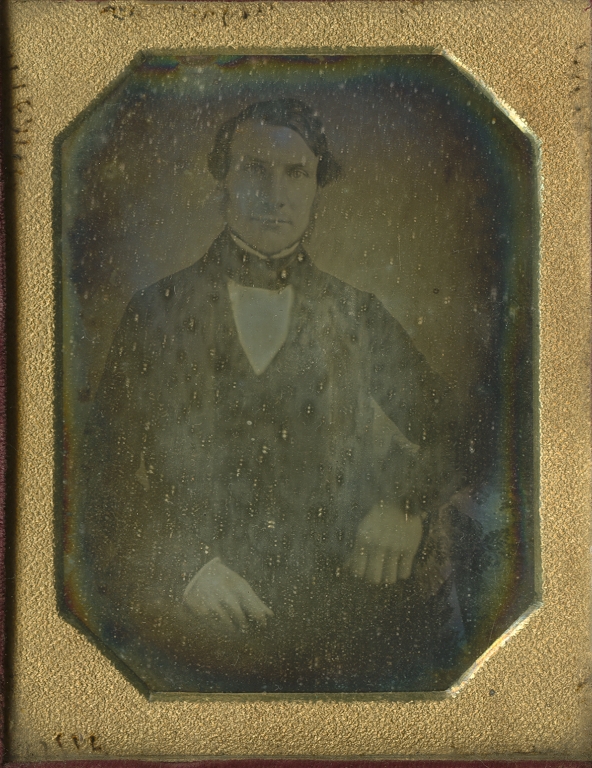
Portait detail
photograph
Unidentified Male Member of the Walker Family, Probably John McAra Walker
UNKNOWN
1845-1850
Canadian
cased daguerreotype
image: 9.9 × 7.4 cm
mount: 11.5 × 8.1 cm
frame: 12 × 10.5 × 2.3 cm
2021.17.10
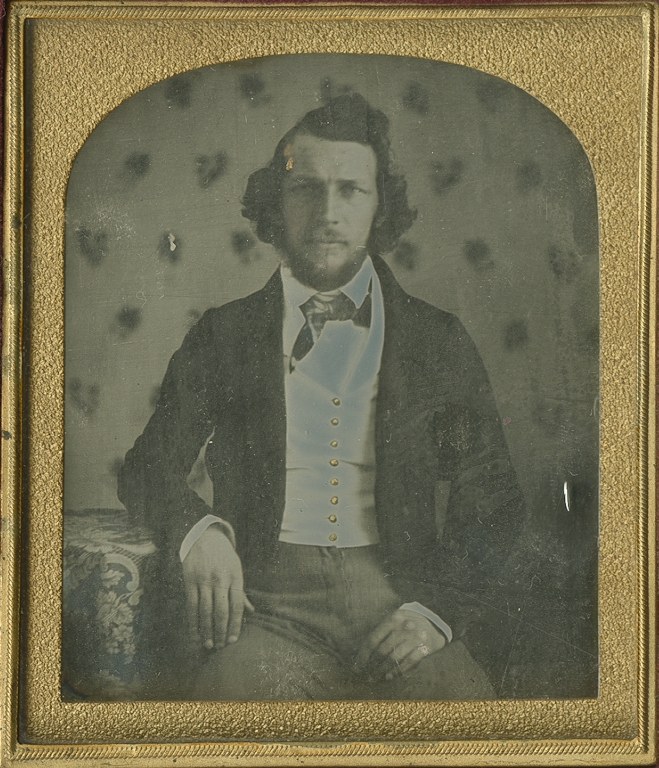
photograph
Unidentified Male Member of the Walker Family, Probably James Walker
UNKNOWN
c. 1855
Canadian
cased daguerreotype
image: 7.9 × 6.7 cm
mount: 9.2 × 7 cm
frame: 10.3 × 8.8 × 1.9 cm
2021.17.11
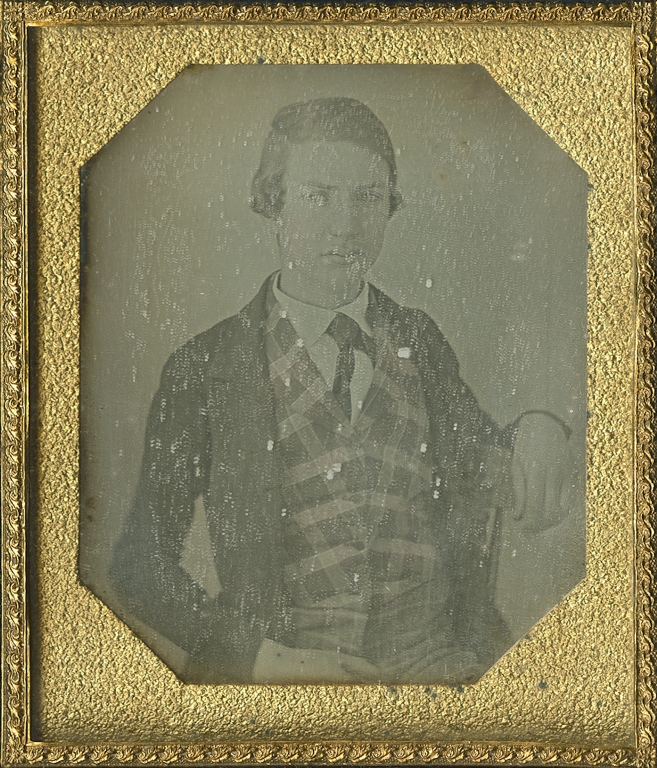
photograph
James Walker
UNKNOWN
January 1848
Canadian
cased daguerreotype
image: 7.6 × 5.2 cm
mount: 8.1 × 6.9 cm
frame (closed case): 9.2 × 8.1 × 2.2 cm
2021.17.12
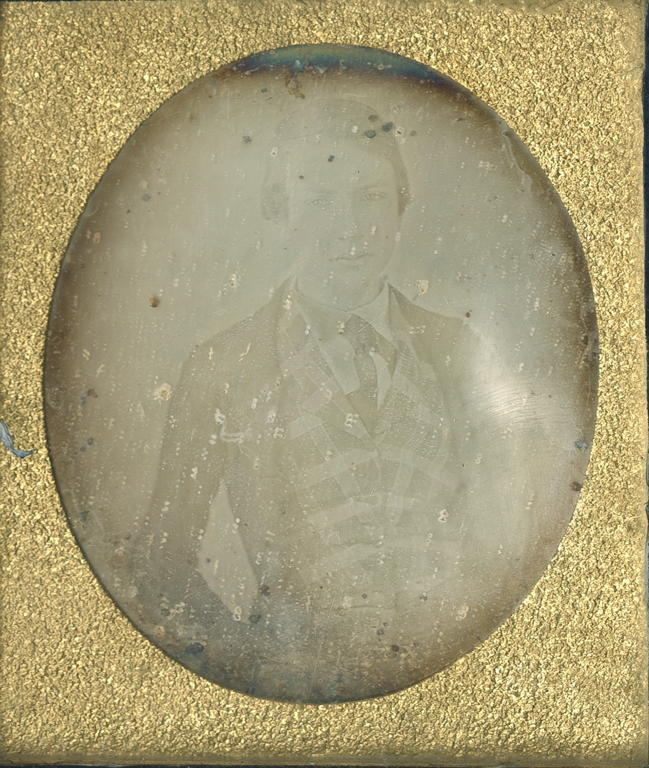
photograph
James Walker
UNKNOWN
January 1848
Canadian
cased daguerreotype
image: 7.6 × 5.2 cm
mount: 8.1 × 6.9 cm
frame (closed case): 9.2 × 8.1 × 2.2 cm
2021.17.13
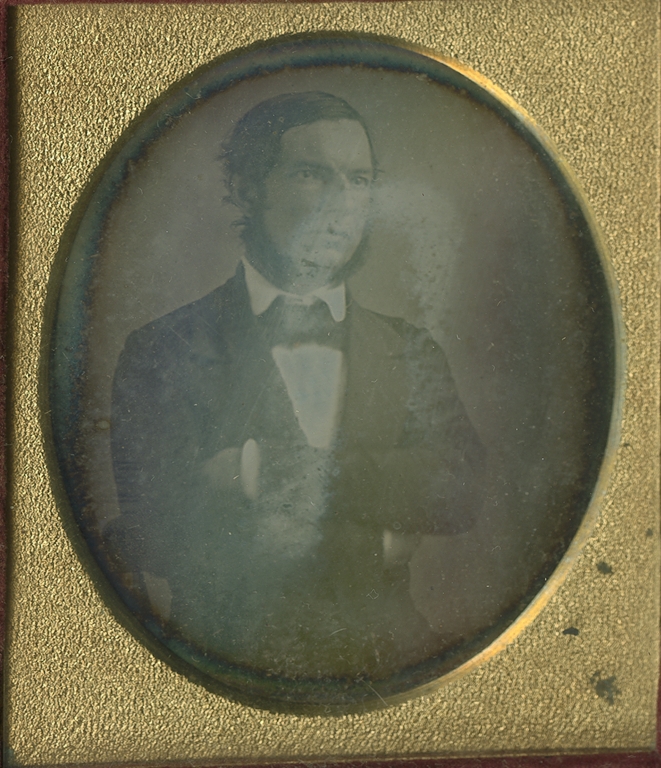
photograph
An Unidentified Male Member of the Walker Family, Probably Thomas Walker Jr.
UNKNOWN
1848 ?
Canadian
cased daguerreotype
image (oval): 7.1 × 5.8 cm
mount: 8.1 × 7.8 cm
frame (closed case): 10.1 × 7.9 × 2.1 cm
2021.17.14
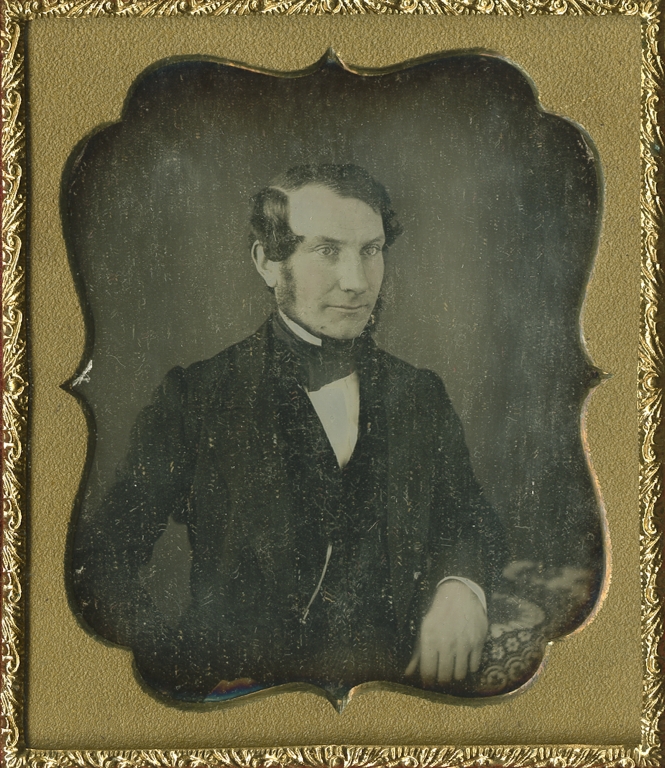
photograph
An Unidentified Male Member of the Walker Family, Probably John McAra Walker
UNKNOWN
c. 1850
Canadian
cased daguerreotype
image: 7.8 × 5.5 cm
mount: 8.1 × 7.9 cm
frame (closed case): 9.1 × 8.8 × 2 cm
2021.17.15
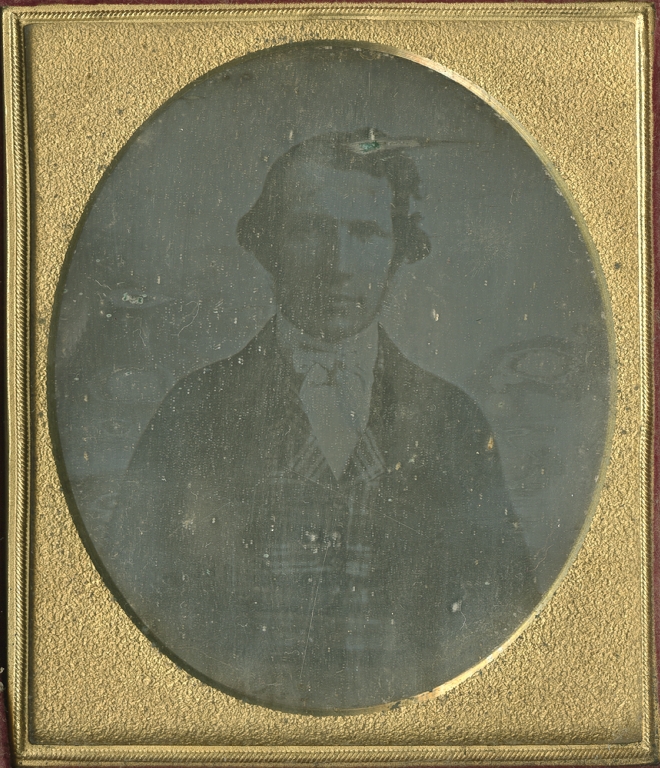
photograph
An Unidentified Male Member of the Walker Family, Probably James Walker
UNKNOWN
1852-1855
Canadian
cased daguerreotype
image: 7.1 × 5.9 cm
mount: 8.1 × 6.9 cm
frame (closed case): 9.1 × 7.9 × 1.9 cm
2021.17.16
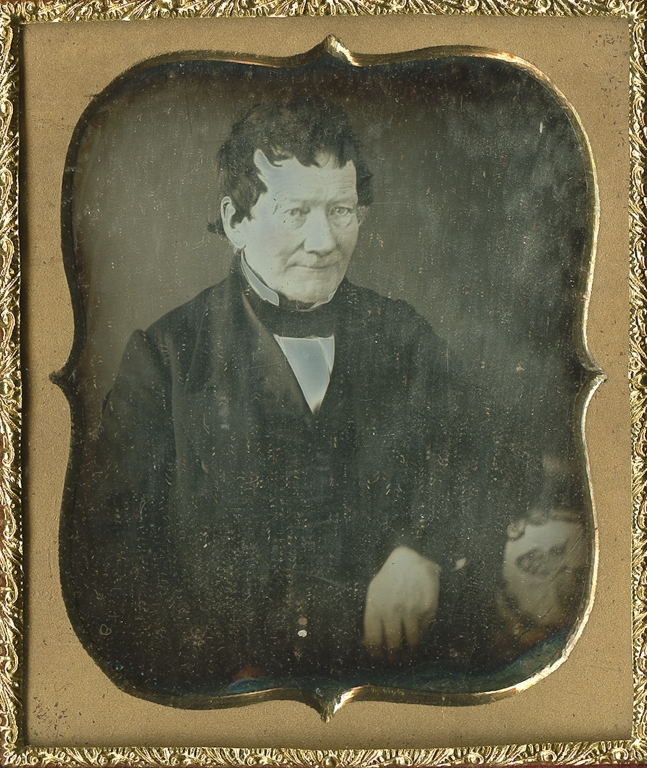
photograph
Dr. Thomas Walker
UNKNOWN
1850 ?
Canadian
cased daguerreotype
image: 7 × 5.5 cm
mount: 8.1 × 6.9 cm
frame (closed case): 9.1 × 7.9 × 2 cm
2021.17.17
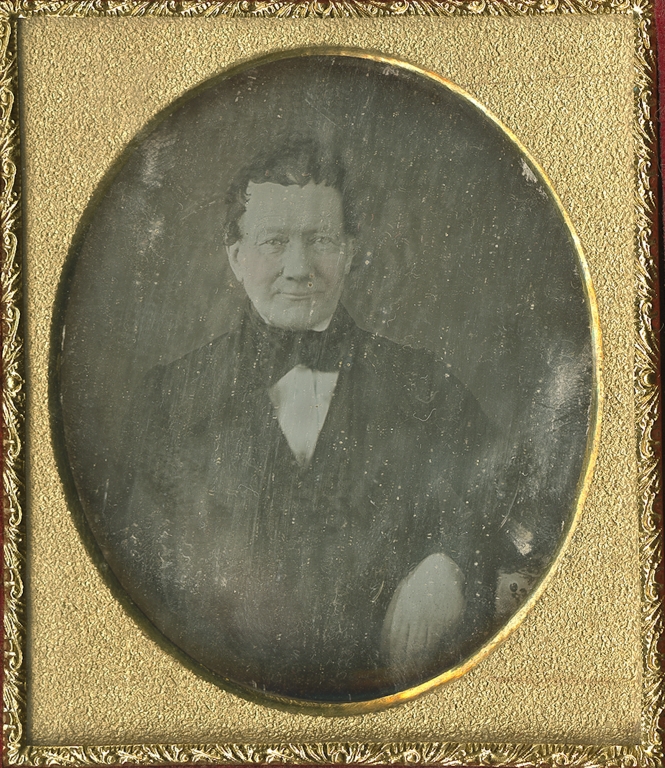
photograph
Dr. Thomas Walker
UNKNOWN
1845-1850
Canadian
cased daguerreotype
image: 7 × 5.5 cm
mount: 8.1 × 6.9 cm
frame (closed case): 9.1 × 7.9 × 2 cm
2021.17.18
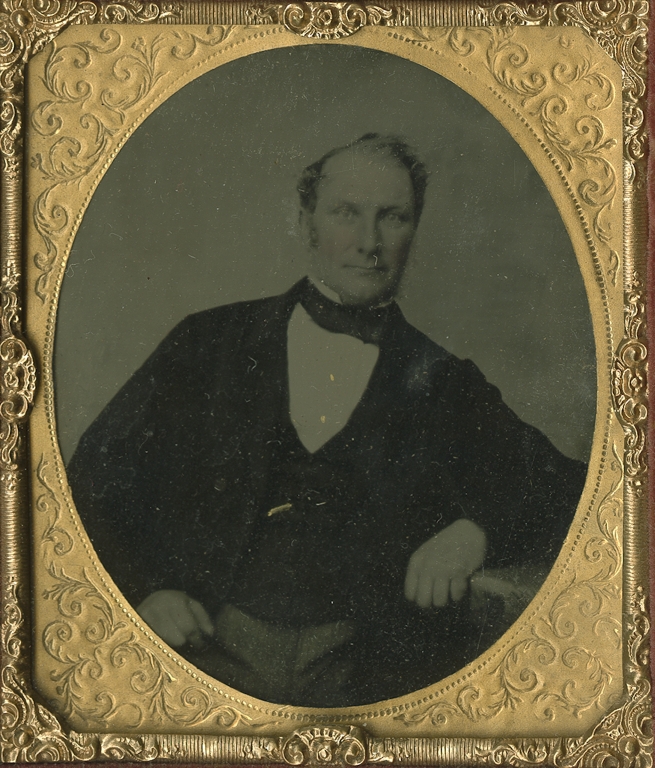
photograph
An Unidentified Male Member of the Walker Family, Probably John McAra Walker
UNKNOWN
1857 – 1865
Canadian
cased ambrotype
image (oval): 7.1 × 5.8 cm
mount: 8.2 × 6.9 cm
frame (closed case): 9.3 × 8 × 1.8 cm
2021.17.19
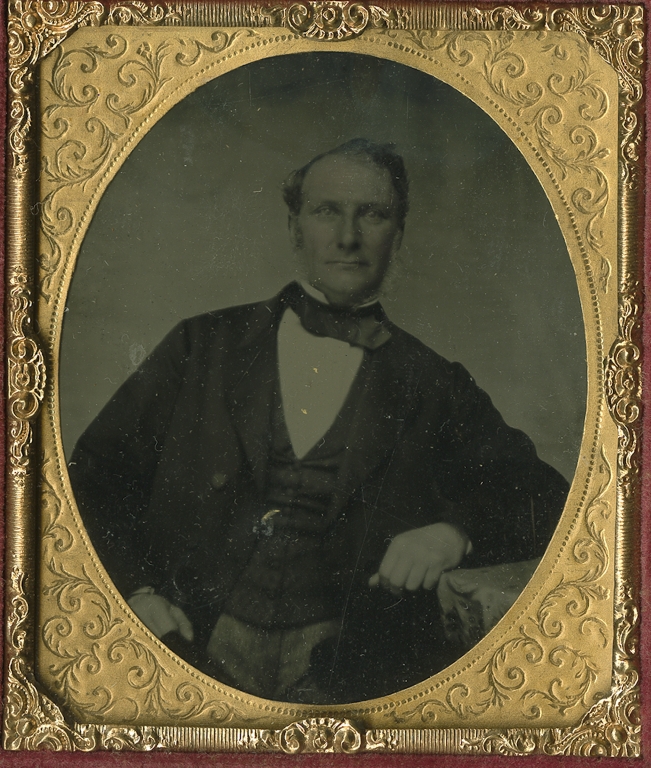
Object Name: photograph
Title: An Unidentified Male Member of the Walker Family, probably John McAra Walker
Photographer: UNKNOWN
Date Label: 1857 – 1865
Culture: Canadian
Medium: cased ambrotype
image (oval): 7.1 × 5.8 cm
mount: 8.2 × 6.9 cm
frame (closed case): 9.3 × 8 × 1.8 cm
2021.17.20
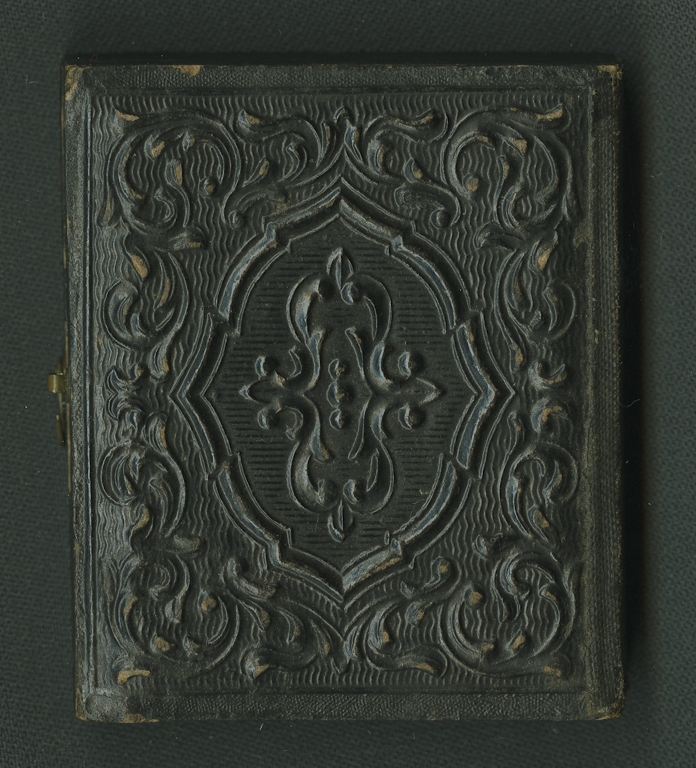
Case exterior
photograph
Emily Nice Appleby
UNKNOWN
1857 – 1865
Canadian
cased ambrotype
image (oval): 5.9 × 4.6 cm
mount: 6.3 × 5 cm
frame (closed case): 7.3 × 5.9 × 1.8 cm
2021.17.22
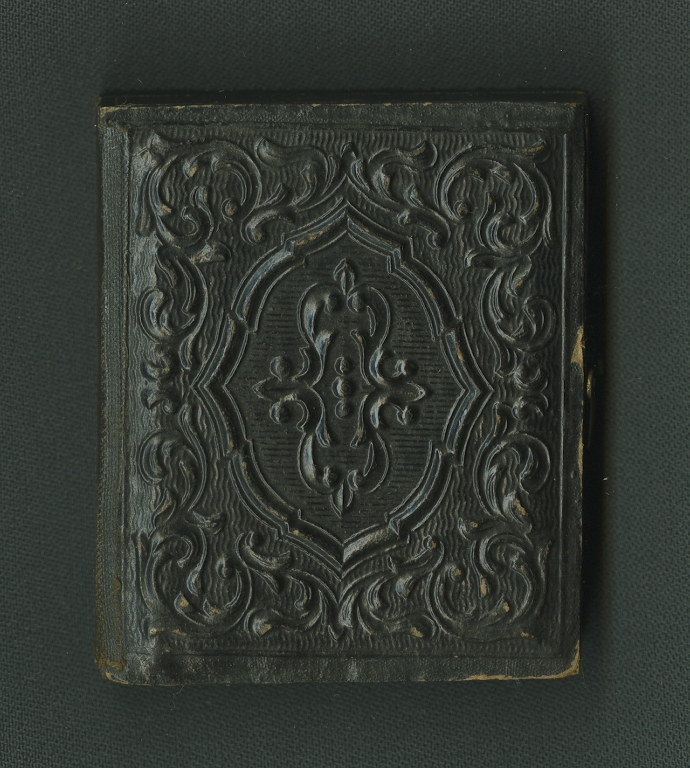
Case exterior
photograph
Emily Nice Appleby
UNKNOWN
1857 – 1865
Canadian
cased ambrotype
image (oval): 5.9 × 4.6 cm
mount: 6.3 × 5 cm
frame (closed case): 7.3 × 5.9 × 1.8 cm
2021.17.22
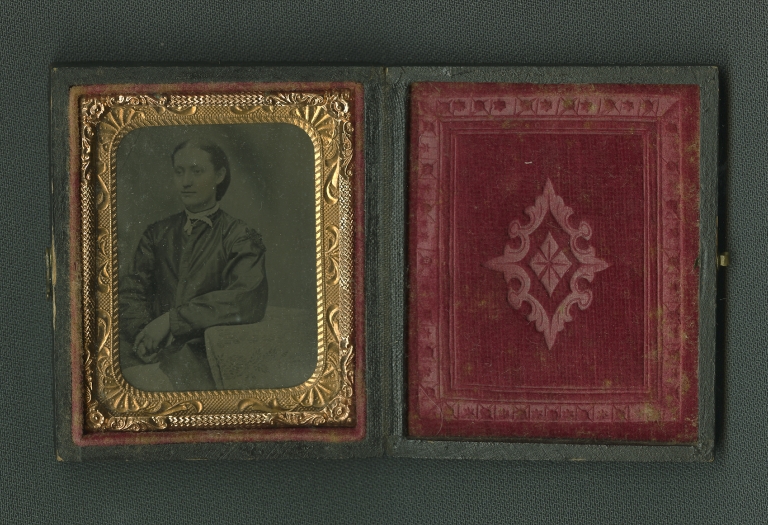
Overview of the interior
photograph
Emily Nice Appleby
UNKNOWN
1857 – 1865
Canadian
cased ambrotype
image (oval): 5.9 × 4.6 cm
mount: 6.3 × 5 cm
frame (closed case): 7.3 × 5.9 × 1.8 cm
2021.17.22
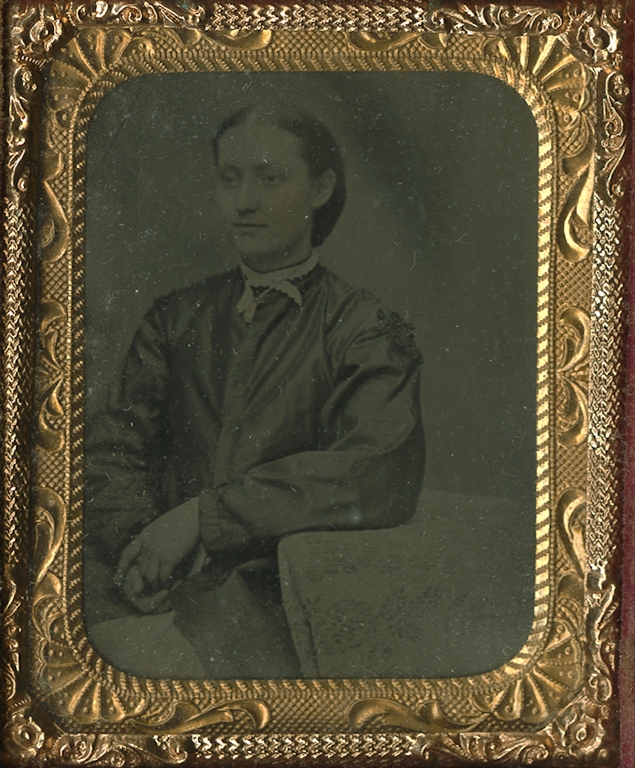
Portait detail
photograph
Emily Nice Appleby
UNKNOWN
1857 – 1865
Canadian
cased ambrotype
image (oval): 5.9 × 4.6 cm
mount: 6.3 × 5 cm
frame (closed case): 7.3 × 5.9 × 1.8 cm
2021.17.22
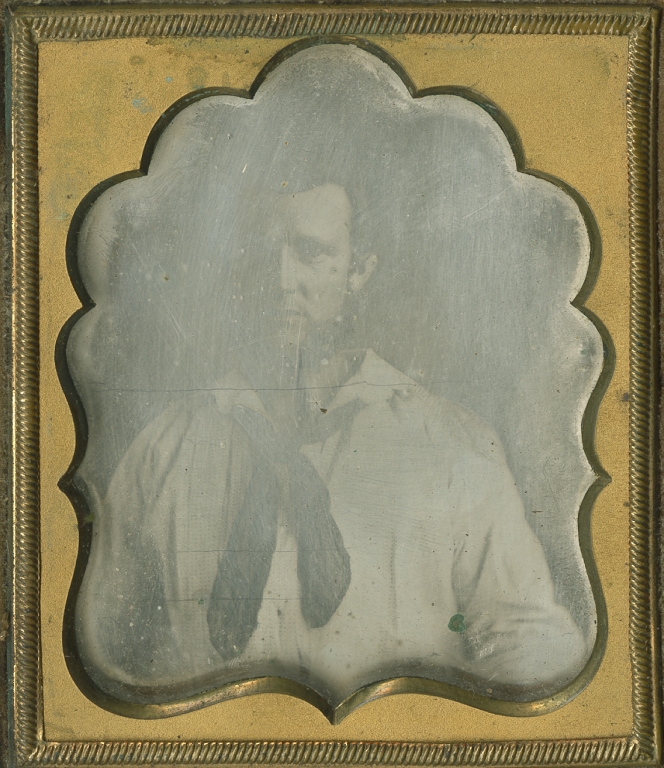
photograph
Thomas Walker Jr.
UNKNOWN
11 February 1848
Canadian
cased daguerreotype
image: 7.3 × 6 cm
mount: 8.1 × 7 cm
frame (closed case): 9.3 × 8.1 × 2.1 cm
2021.17.23
Summary
When viewed as a collection, this group of artifacts documents some critical transitions in portraiture as it was practiced in New Brunswick in the very late Georgian and early Victorian periods. Through one family’s portrait commissions this succession of works provides evidence of not only the subjects’ aspirations in terms of representation and legacy but also of the creative expectations and capabilities of artists and photographers. The evolution from miniature and medallion to daguerreotype and ambrotype speaks to rapid developments in the visual arts in the 19th century as well as the public’s exposure to new ways of seeing, being seen and being remembered.
Author: Peter J. Larocque, NBM Art Curator
Research: Tina R. McBriarty, Curatorial Assistant and Research Coordinator
References:
In addition to research files in the Archives & Research Library Department and the artefact files in the Museum Services Department of the NBM, the following references were consulted:
Charles MacKinnon, “FOULIS, ROBERT,” in Dictionary of Canadian Biography, vol. 9, University of Toronto/Université Laval, 2003–, http://www.biographi.ca/en/bio/foulis_robert_9E.html (accessed 15 January 2022)
Six Choices For The Sitter | Incollect (accessed 15 January 2022)
Provincial Archives of New Brunswick (gnb.ca) [Daniel F. Johnson’s New Brunswick Newspaper Statistics (accessed 15 September 2021 – 15 January 2022)
Nova Scotia Archives – Nova Scotia Historical Newspapers (accessed 15 January 2022)
D. C. Mackay, “VALENTINE, WILLIAM,” in Dictionary of Canadian Biography, vol. 7, University of Toronto/Université Laval, 2003–, http://www.biographi.ca/en/bio/valentine_william_7E.html (accessed 16 January 2022)
Biographical review – Image 463 – Canadiana Online (accessed 16 January 2022)
Charles MacKinnon, “FOULIS, ROBERT,” in Dictionary of Canadian Biography, vol. 9, University of Toronto/Université Laval, 2003–, http://www.biographi.ca/en/bio/foulis_robert_9E.html. (accessed 17 January 2022)
Robert Foulis | The Canadian Encyclopedia (accessed 18 January 2022)
History of St. Andrew’s Society of St. John, N…. – p. 63 – Canadiana Online (accessed 19 January 2022)
